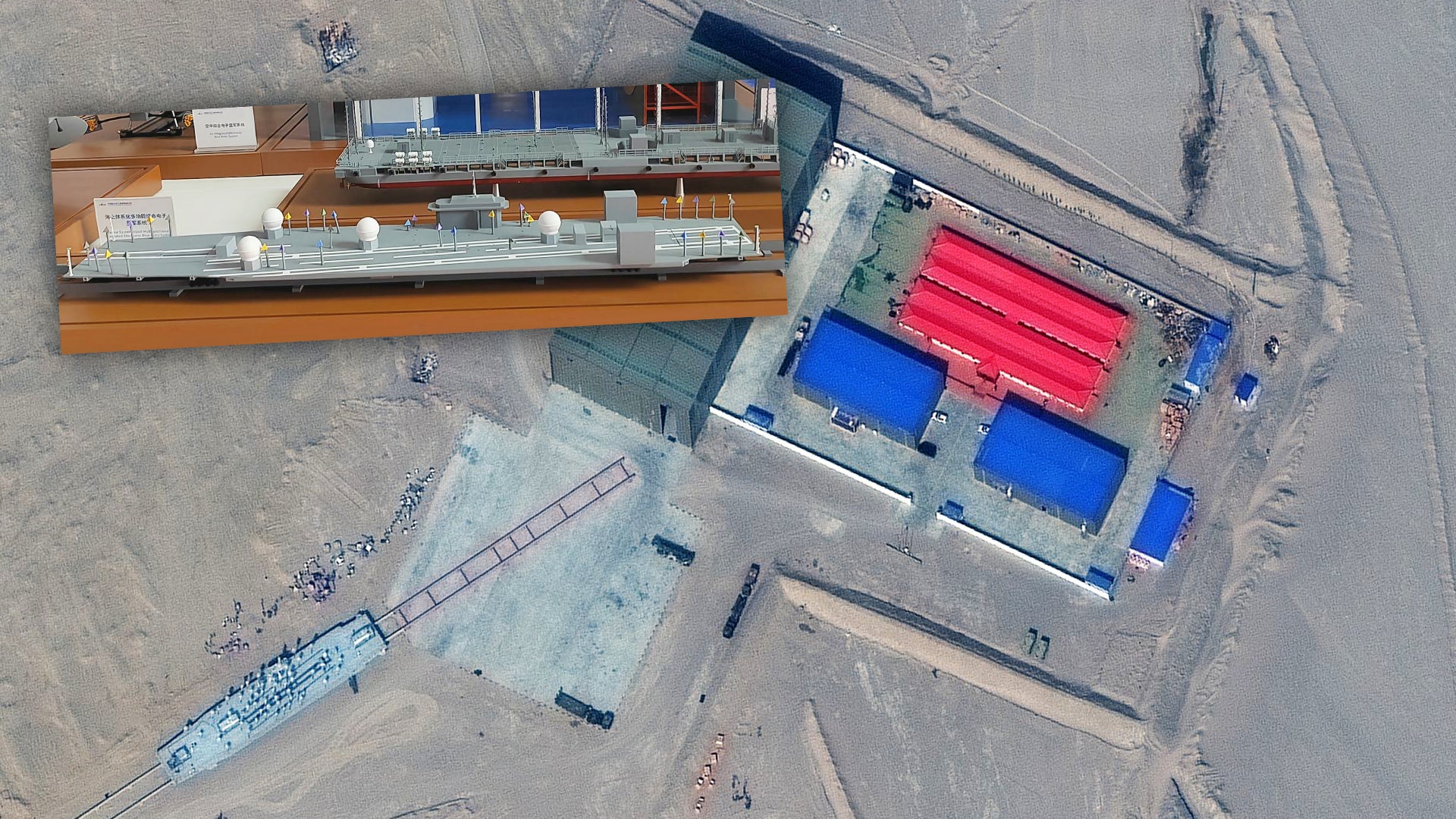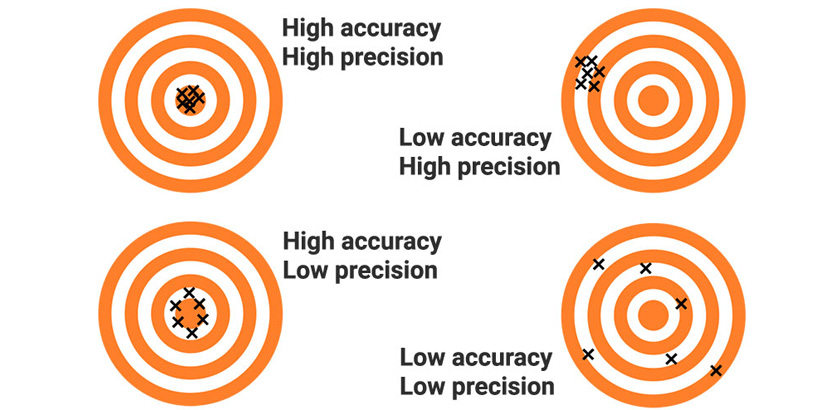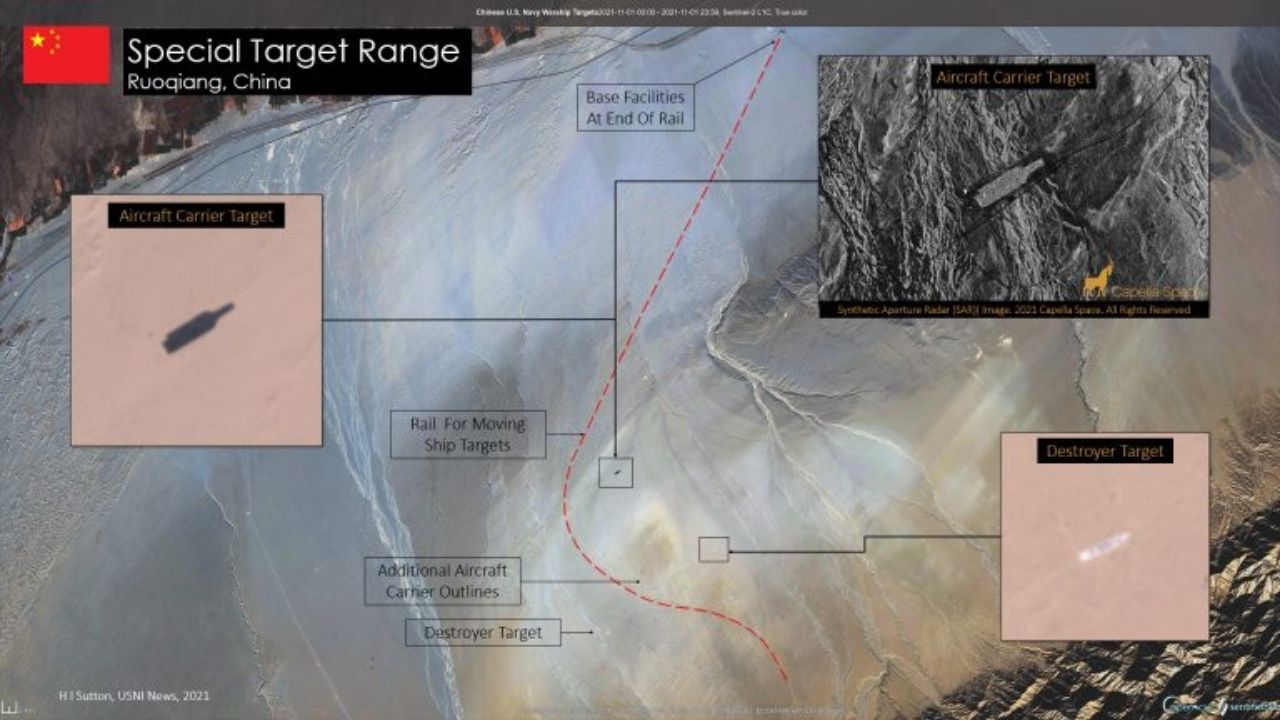One of the main advantages of domestically developed weapons is obviously that your foes have no way of knowing the exact capabilities of your weapons. Could be 70km, 120km or even more.
Not only that we can by as much we can...
Latest Thread
One of the main advantages of domestically developed weapons is obviously that your foes have no way of knowing the exact capabilities of your weapons. Could be 70km, 120km or even more.
PRC has a testing facility in Taklamakan Dessert where they have been testing DF21D’s accuracy. They claim to have achieved a CEP value of under 20m.
US takes these claims seriously. And sees DF21D as a real threat.
China’s Giant Moving Warship Target In The Desert Shows How Seriously It’s Taking The Naval Arms Race
China is expending considerable effort and resources to drastically increase the fidelity of its desert-based anti-ship weapons targets.www.thedrive.com
Yes. PRC yet to test at sea a DF21D hitting a moving sea vessel to prove their claims. But they have invested heavily in to the “Carrier Killer” concept both with that testing facility and the missiles themselves.
India’s Brahmos2 project is also quite interesting. Where does this project stand today? Is it similar to the Russian concept Zircon? They claim to have achieved success with Zircon.
Personally I see more depth and possibilities with the scramjet route to hit and disable Carriers with.
Is there an Airforce requirement for GÖKHAN missile's range?Airforce requirement for Gökdoğan BVRAAM 65km
Range of the Gökdoğan Block-I BVRAAM 70+km
Estimated range of the Gökdoğan Block-II BVRAAM 100+km
Airforce requirement for Bozdoğan WVRAAM 20km
Range of the Bozdoğan Block-I WVRAAM 25+km
Estimated range of the Bozdoğan Block-II WVRAAM ~35km
What do you make of that last sentence? It doesn‘t make sense.
Gürcan Okumuş
"We are beyond range targets in BOZDOĞAN and GÖKDOĞAN. They have outstanding abilities compared to their counterparts. In a test, the first supersonic air-to-air missile was fired as part of this project."
- March 2022 / SavunmaSanayiST
As far as I understand, the missile was fired while F-16 was flying at supersonic speed. In previous firings, that plane was flying at subsonic speed.What do you make of that last sentence?
First time ever air to air rocket firing at supersonic speeds was realized in one of the test of this project.Bir testte, ilk kez ses üstü hızda hava hava füzesi atışı bu proje kapsamında yapıldı.
There is but I haven't heard anything about it yet. The project is keeping its secrecy.Is there an Airforce requirement for GÖKHAN missile's range?
YES! That makes more sense. I always thought they were capable of doing that anyway. But apparently they weren’t to start with. But now they are.As far as I understand, the missile was fired while F-16 was flying at supersonic speed. In previous firings, that plane was flying at subsonic speed.
Apart from everything related to missile itself, the CBG is something that is able to maneuver, if US Intelligence sources is not able to detect the launch site and possible landing site, thus the targeted CBG then they better not get into a war with China in backyard of them. We all know US would be able to pick up those TBM launch sites and notify the CBG and they would have started pulling hard maneuvers to minimize the risk.Their guidance, correction and target acquisition processes still have not been proven (openly enough like other systems have) at these kind of ranges. ...especially given say arleigh burke counter radar capability kicking in at some point for measures to be taken by say the CBG.
We are led to believe everything just goes tic tac toe (for things distant, dispersed and constantly moving as well).....when every proving process (on all these matters and in far more favourable scope) has been quite extensive for other missiles.
I find their use speculative at best especially given PRC openly is going for more ships, including aircraft carriers. They dont seem to believe CBGs are so easily deterred and countered.
Wonder what @Anmdt and @AlphaMike think.
Also add factor of maneuvering, despite of being bulky and large US still prioritizes certain maneuverability on AC and Destroyers for evasion. The area to be engaged to ensure a critical hit with %99 above chances would require high number of missiles.This has been explained by another member long time ago, to hit a carrier by measures of observational error some might guess that you'll need high accuracy/high precision (HA/HP),

, but that would be a mistake since high velocity descending munitions will find it hard to achieve HA/HP, ships are MOBILE rather than FIXED target. To ensure a missile hits, against this moving target, you will still employ HA/HP but you would launch your missiles in a successive manner. If the first missile is successful, then the other missiles will be wasted but it would be written off as a necessary cost of the mission. The other weapons system that employs HA/HP is a sniper, but unlike a sniper a descending hypersonic/ballistic missile don't have the luxury of TIME, the faster the projectile dive, the lesser the time it need to do re-calculations of the target, and the faster the projectile goes (as in case in hypersonics and ballistic missile ) the more stress are applied to the body even when it tries to do a basic movement using the surface control of the body.
Hence you'll likely end with high accuracy low precision (HA/LP), means multiple warheads will have to descend at one particular are (sq meters) at the same time. The question is, how much warheads would you throw at ~100-1000 sqm of area to ensure a hit on a single ship ? We're talking a lot.
Then there's the issue of shipboard countermeasures, both kinetic and non kinetic means. A hypersonic vehicle (both glide and ballistic) have one PHYSICAL characteristic, they're design to ensure the lowest drag possible against the air. Which means that most doesn't have the real estate to accommodate extensive on board sensors to ensure a kill during the descend phase to target. And if it employs radar guidance, you'll have less real estate inside to accomodate powerful ones, as the antenna size of the radar plate could be detrimental to the range it can achieve (power-aperture product). and oh one more thing the surface clutter will work to the advantage of the defender.
Does that mean that it can't be done ? off course not, it CAN be done, but its not as easy as some people might think.
The closest nation to be able to achieve this is the Chinese, and yet we don't know if they're successful at it yet, only time will tell. If you look at the Chinese test arena you'll see a relatively simple track for those carriers.

modern aircraft carriers are more nimble that those tracked carriers you see in the Xinjiang desert.
I think there is a misunderstanding. They said the work for the missile is still undergoing.According to this news Akbaba anti radiation missile was going to be tested
Turkey to add indigenous anti-radiation missile to inventory
Turkish defense company Roketsan is currently designing a domestic anti-radiation missile that would be named Akbaba (Vulture).www.turkishdefencenews.com
As you know this was a ramjet propelled Roketsan missile development.
Does anyone know if this took place? (Subject to not breaking state secrets)
But I have a feeling there won’t be much news about this missile for a long time, until it comes out in foreign military circles.
Apart from everything related to missile itself, the CBG is something that is able to maneuver, if US Intelligence sources is not able to detect the launch site and possible landing site, thus the targeted CBG then they better not get into a war with China in backyard of them. We all know US would be able to pick up those TBM launch sites and notify the CBG and they would have started pulling hard maneuvers to minimize the risk.
Also to keep in mind the CBG holds ABM capable warships that can track those missiles at long distances and engage them at apogee points. So after all China should fire at least a half thousand missiles (roughly) to ensure a critical hit in one of those ships with the current capability. Does it worth? I doubt, even if they yield a critical damage the remaining CBG would have known they are safe for the second round. If this is happening, it means we are talking about a full-scale war.
Also add factor of maneuvering, despite of being bulky and large US still prioritizes certain maneuverability on AC and Destroyers for evasion. The area to be engaged to ensure a critical hit with %99 above chances would require high number of missiles.
And let's say the missile can actually track the target via an active seeker by means of imaging or radar, what is the highest sensitivity of control surfaces (in terms of angle, lift) achieved so far with hypersonic missiles that it would allow pin-pointing the target even if it is detected. The best shot they have; monitor the target, estimate heading + speed, fire missile at estimated coincident point like old times torpedoes, update the missile at the apogee with the current status, ie. new updated meeting location after running a smart algorithm to include maneuvering characteristics and heading changes of the platform. This requires a proper C4I structure both ground and satellite based with a real-time prediction of the target's motion. Can it be done? Surely, but not within this decade.
